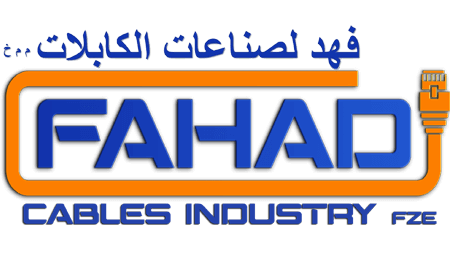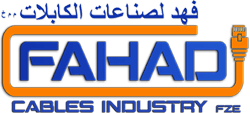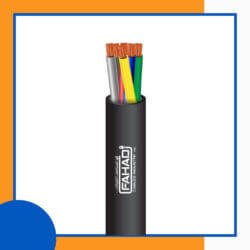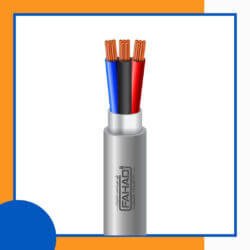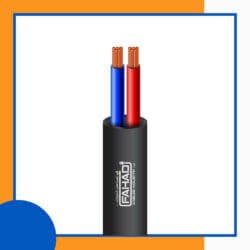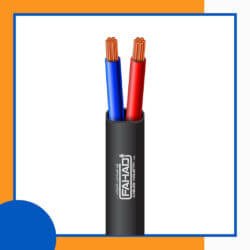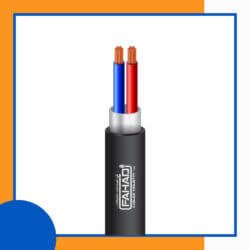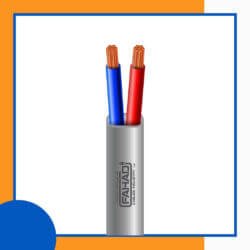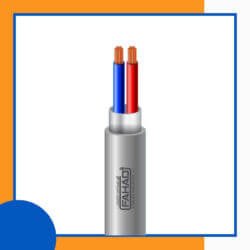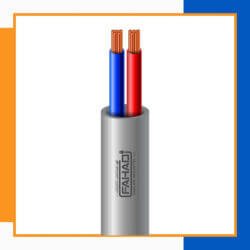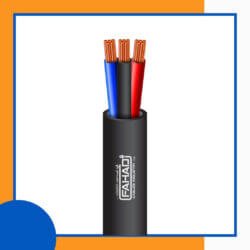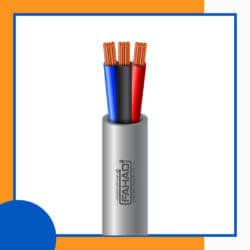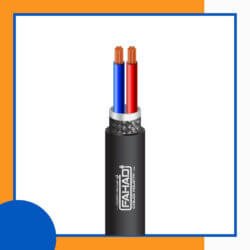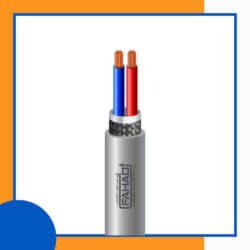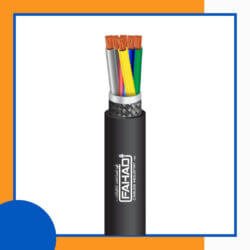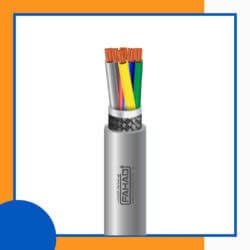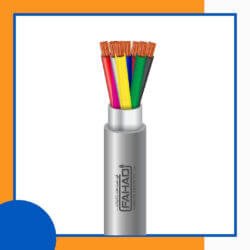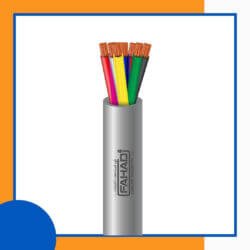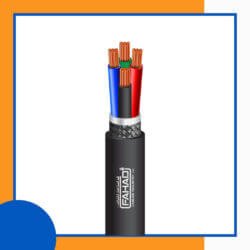Showing 1–20 of 32 results
2 core control cable shielded outdoor 10 to 24 awg 305m
SKU:
TMT-02XXCKSRK-CR
Rated 5.00 out of 5
د.إ 0.00
2 core control cable braid shielded outdoor 10 to 24 awg 305m
SKU:
02XXCKBRK-CR
Rated 5.00 out of 5
د.إ 0.00
2 core control cable braid shielded 10 to 24 awg 305m
SKU:
02XXCLBXX-CR
Rated 5.00 out of 5
د.إ 0.00
8 core control cable braid shielded PE outdoor 10 to 24 awg 305m
SKU:
08XXCBXX-CR
Rated 5.00 out of 5
د.إ 0.00
8 core control cable braid shielded pvc 10 to 24 awg 305m
SKU:
08XXCPBXX-CR
Rated 5.00 out of 5
د.إ 0.00
4 core control cable braid shielded PE outdoor 10 to 24 awg 305m
SKU:
04XXCBXX-CR
Rated 5.00 out of 5
د.إ 0.00
